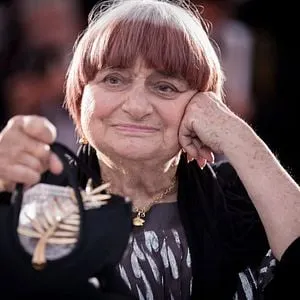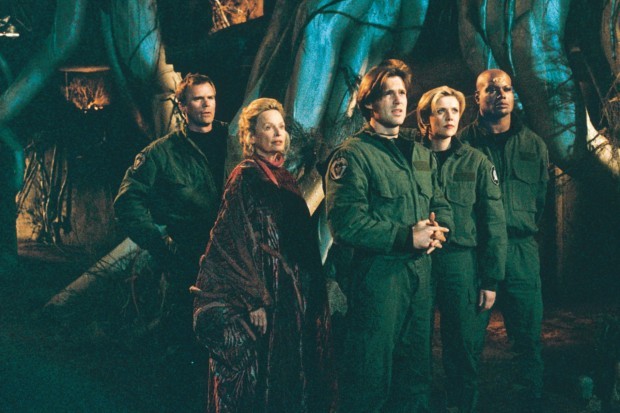Cinema is an art form shaped not only by technological innovation but also by the creative visions of directors who dared to break boundaries. While countless filmmakers have left their mark, a select few stand out for revolutionizing the very language of film—introducing new storytelling techniques, visual styles, and thematic depth that continue to inspire generations.
In this article, we’ll explore some of the most influential directors in history, examining how their work changed cinema forever and why their legacies endure.
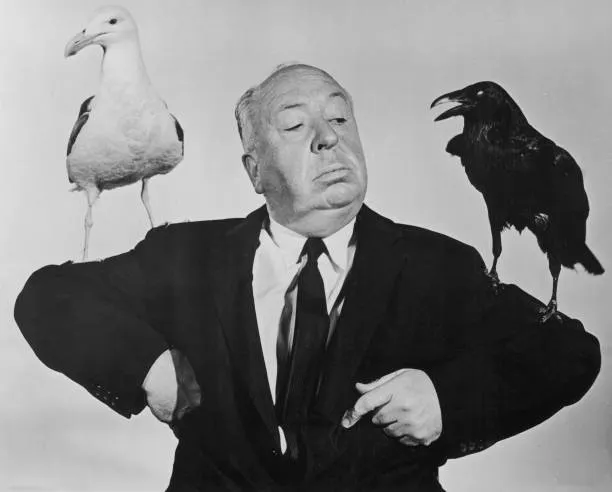
Alfred Hitchcock: The Master of Suspense
Few directors are as synonymous with a genre as Alfred Hitchcock is with suspense. Known as the “Master of Suspense,” Hitchcock pioneered techniques that heightened tension and manipulated audience psychology.
From Psycho’s infamous shower scene to the dizzying Vertigo shot that bears his name, Hitchcock used camera movement, editing, and sound design to place viewers directly inside his characters’ fears. He also understood the power of withholding information, using suspense not as shock but as anticipation.
Hitchcock’s influence extends beyond thrillers. His innovations in visual storytelling, subjective camerawork, and character psychology shaped how all filmmakers think about audience engagement. Today, his work remains a gold standard in tension and narrative craft.
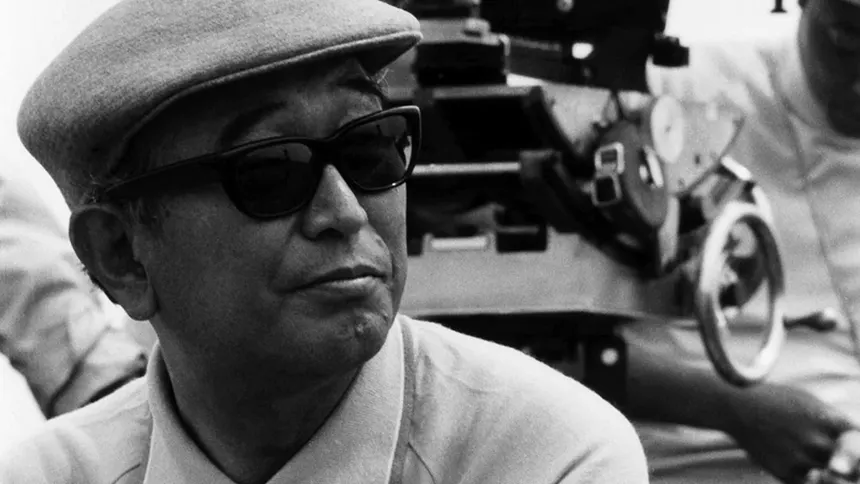
Akira Kurosawa: The Architect of Epic Storytelling
Japanese filmmaker Akira Kurosawa is often credited with introducing Eastern cinema to the West, but his contributions go much deeper. Kurosawa’s mastery of epic narratives, dynamic composition, and humanist themes reshaped global cinema.
Films like Seven Samurai (1954) redefined ensemble storytelling and action editing, inspiring everything from The Magnificent Seven to Star Wars. Kurosawa’s use of weather elements—rain, wind, snow—added symbolic weight and atmosphere, making nature an active character in his films.
Beyond visuals, Kurosawa’s focus on honor, morality, and the human struggle transcended cultural boundaries. His ability to blend traditional Japanese values with universal storytelling made his work timeless and universally influential.
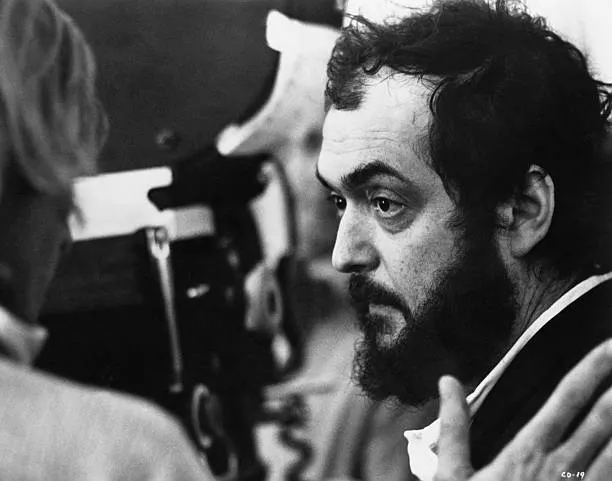
Stanley Kubrick: The Perfectionist Visionary
Stanley Kubrick is remembered as one of cinema’s most uncompromising auteurs. Known for his meticulous attention to detail, Kubrick crafted films that were both visually striking and intellectually provocative.
From the satirical brilliance of Dr. Strangelove to the cosmic scope of 2001: A Space Odyssey, Kubrick experimented with genre while pushing technical and thematic boundaries. His work often explored human nature’s darker sides—violence, power, obsession—through bold imagery and unconventional narratives.
Kubrick’s perfectionism extended to cinematography, where he pioneered new lenses, lighting techniques, and camera movements. His influence can be seen in directors ranging from Christopher Nolan to David Fincher, all of whom cite Kubrick as a master of precision and innovation.
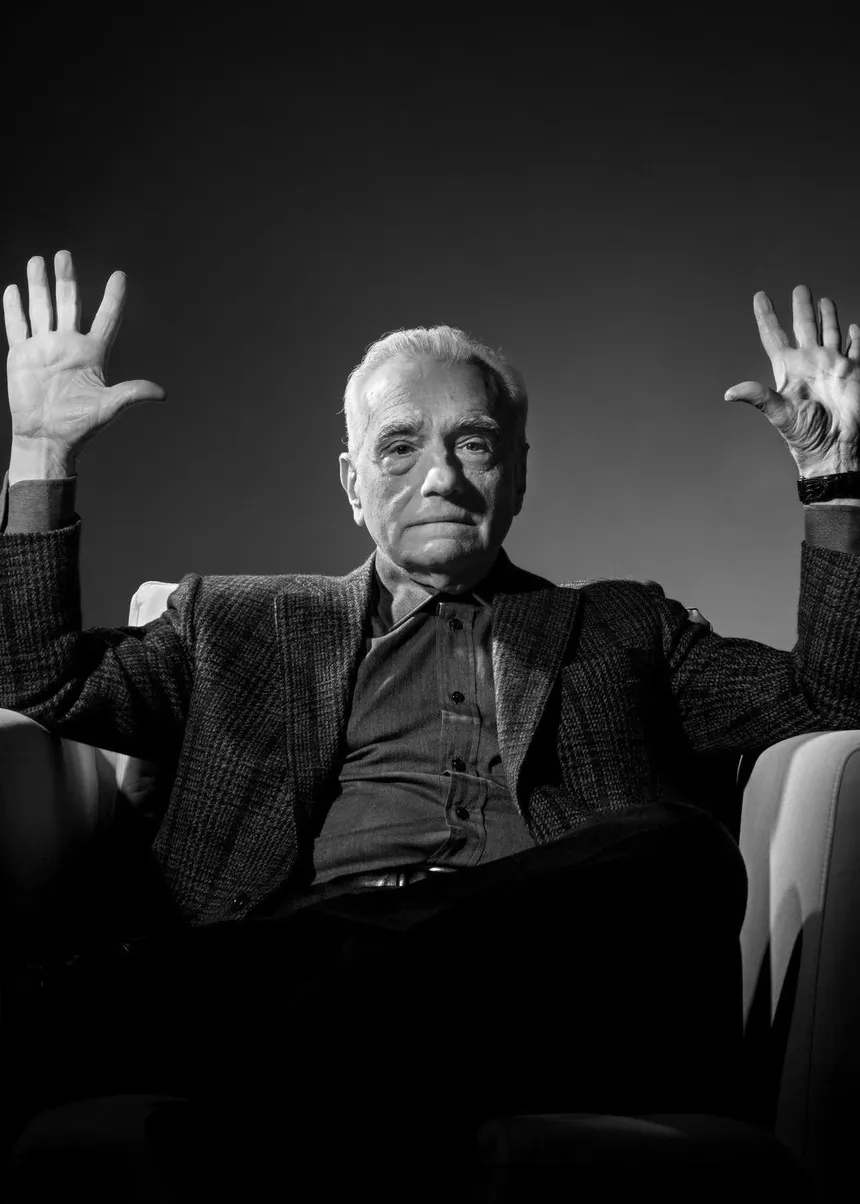
Martin Scorsese: The Chronicler of Human Complexity
Martin Scorsese has spent decades exploring themes of morality, sin, and redemption within the framework of American life. His early works, such as Taxi Driver and Mean Streets, captured the gritty realism of New York City, blending documentary-style camerawork with operatic intensity.
Scorsese’s kinetic editing, use of popular music, and intimate character studies revolutionized how crime dramas and biopics are made. Goodfellas remains a masterclass in dynamic storytelling, blending voiceover narration with rapid cutting to immerse viewers in the rise and fall of organized crime.
Beyond technique, Scorsese’s deep empathy for flawed characters sets him apart. He portrays gangsters, loners, and dreamers with complexity, never glorifying violence but exploring its psychological roots. His influence stretches across genres, proving cinema can be both entertaining and deeply human.
Agnès Varda: The Mother of the French New Wave
Often called the “Grandmother of the French New Wave,” Agnès Varda was a trailblazer who brought a deeply personal and experimental approach to filmmaking. While many of her male contemporaries in the French New Wave gained fame, Varda’s contributions were equally groundbreaking.
Her film Cléo from 5 to 7 (1962) used real-time structure to explore themes of mortality, femininity, and identity, while Vagabond (1985) challenged conventional narratives with a raw portrait of social alienation. Varda’s blending of documentary and fiction anticipated modern hybrid cinema, and her sensitivity to marginalized voices set her apart.
As one of the few women recognized as an auteur during her time, Varda paved the way for female filmmakers globally, proving that personal, socially conscious cinema could be powerful and universal.
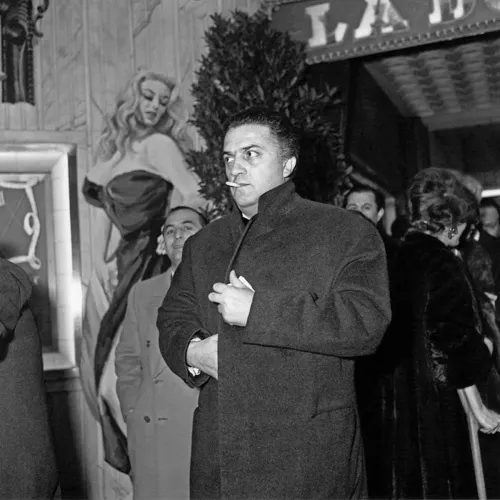
Federico Fellini: The Poet of Surreal Cinema
Italian director Federico Fellini is celebrated for his ability to merge realism with dreamlike fantasy. His films often blur the line between memory, imagination, and reality, creating a unique cinematic language.
La Dolce Vita and 8½ exemplify Fellini’s signature style: sprawling narratives filled with eccentric characters, extravagant visuals, and reflections on the meaning of art and existence. Rather than adhering to linear storytelling, Fellini embraced symbolism and spectacle, influencing filmmakers from Terry Gilliam to Paolo Sorrentino.
Fellini’s films remind us that cinema is not just about narrative but also about capturing the rhythms, absurdities, and poetry of life itself.
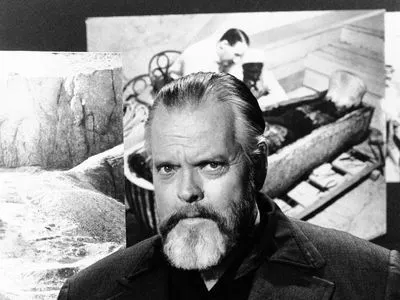
Orson Welles: The Innovator of Cinematic Form
Orson Welles’s Citizen Kane (1941) is often hailed as the greatest film ever made—and for good reason. At just 25 years old, Welles revolutionized cinema with deep focus cinematography, innovative editing, and non-linear storytelling.
But Welles’s contributions went beyond a single masterpiece. His bold use of low angles, long takes, and overlapping dialogue redefined cinematic language. Welles treated film as an expressive medium equal to literature or painting, elevating its artistic credibility.
Though his career faced setbacks due to industry politics, Welles’s fearless experimentation laid the groundwork for modern filmmaking. His work continues to inspire directors to challenge conventions and take creative risks.
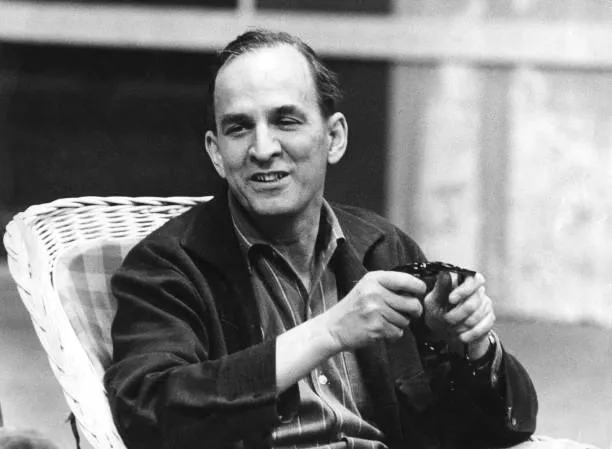
Ingmar Bergman: The Philosopher of Cinema
Swedish filmmaker Ingmar Bergman was known for his introspective, existential storytelling. His films, such as The Seventh Seal and Persona, explored themes of faith, death, identity, and human connection.
Bergman’s mastery of close-ups turned faces into landscapes of emotion, revealing the inner lives of characters with startling intimacy. His collaborations with cinematographer Sven Nykvist produced some of the most visually poetic films in history, balancing stark minimalism with profound symbolism.
Bergman’s influence reaches far beyond European art cinema—his psychological depth inspired filmmakers like Woody Allen, Andrei Tarkovsky, and Lars von Trier.
Why These Directors Endure
What unites these directors is not simply their fame but their ability to expand cinema’s possibilities. Each developed a distinct visual and narrative language, challenging audiences to think differently about what film could be. Their innovations—whether in suspense, epic storytelling, surreal imagery, or intimate character studies—reshaped the art form.
Moreover, their legacies endure because their themes remain universal. Fear, love, identity, morality, and the search for meaning are timeless, ensuring that their films continue to resonate with audiences across generations.
Conclusion
The language of cinema is ever-evolving, but its foundation rests on the shoulders of visionary directors who dared to innovate. Hitchcock, Kurosawa, Kubrick, Scorsese, Varda, Fellini, Welles, and Bergman—among others—did more than tell stories. They created visual and emotional vocabularies that defined what movies could be.
Their contributions remind us that cinema is not just entertainment but also an art form capable of profound impact. By studying their work, we see how film can both reflect and shape the human experience—an enduring testament to the power of timeless storytelling.

Sarah Mitchell is a bestselling novelist recognized for her insightful and emotionally resonant stories that explore the complexities of human relationships. Originally from Denver, Colorado, Sarah grew up in a family of teachers who nurtured her curiosity and love for storytelling. She studied psychology at Stanford University, where she became fascinated by the intricacies of human behavior—an interest that would later shape her writing career. Sarah’s novels are praised for their nuanced characters, intricate plots, and ability to capture the subtle tensions that define love, friendship, and family ties. Her breakthrough novel, The Spaces Between Us, became an instant bestseller, lauded for its honest portrayal of strained family relationships and the fragile bonds that hold people together. Since then, she has published several works that continue to captivate audiences around the world. Outside of her writing career, Sarah is passionate about mental health advocacy and often partners with organizations to promote awareness and support for those struggling with emotional well-being. Her personal life is quieter—she enjoys hiking in the Colorado mountains, practicing yoga, and spending time with close friends. With each new book, Sarah Mitchell cements her reputation as a writer who illuminates the beauty and struggles of human connection.





